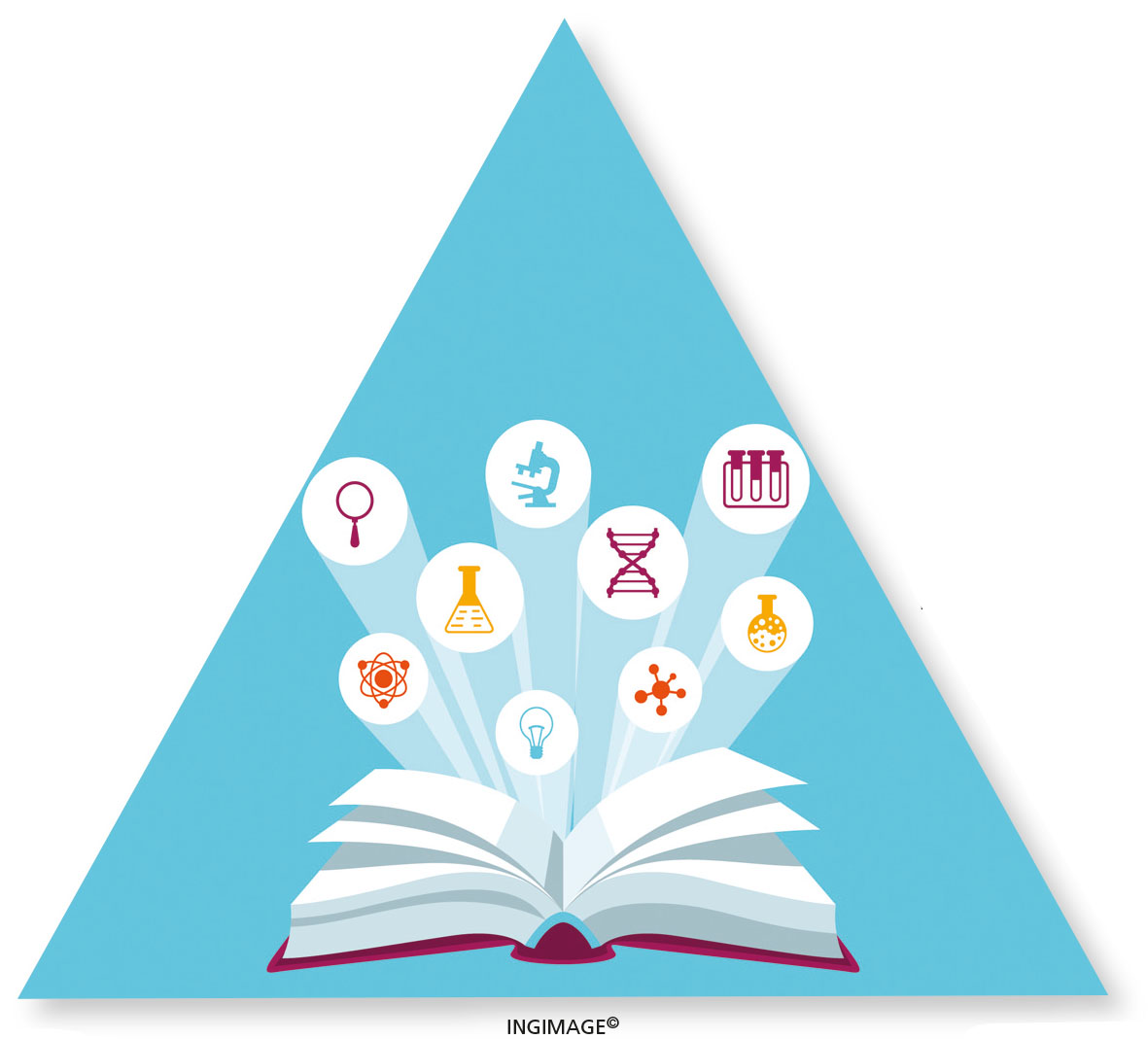EDUCATING SRI LANKA
SCHOOL DAYS
A typical school day in 1950 – and then 2021
BY Goolbai Gunasekara

Schools have undergone changes that were undreamt of in 1950. When we gained independence, the British systems prevailed. British teachers were still in Sri Lanka and some schools had foreign principals.
In hindsight, we have to admit that the educational reorganisation that took place immediately after we gained independence could have been much better than simply catering to perceived national interests at the time.
When the S. W. R. D. Bandaranaike disaster of ‘Sinhala in 24 hours’ struck a helpless population, it relegated the Sri Lankan educative process to becoming one of the most backward in this part of the world – having earlier enjoyed the enviable position of being the best.
Textbooks in Sinhala were printed hastily to meet that 24 hour dictum. Those books were not always replaced with new translations. So any research or new information in English texts was not included in the new Sinhala versions.
One reason for this inability to keep up with world knowledge in every subject was the expense of regular translation and printing. Translations implied excellent knowledge in both languages: Sinhala and English. This was not always available.
Another drawback was that there were no words in Sinhala that could be used as synonyms of some English words. Accordingly, new words were coined. This was necessary for science terminology especially.
Tamil students fared much better. There were reference books from Tamil Nadu, which were quite up-to-date.
But let me return to the problems faced by children in schools today.
The textbook problem may be better these days (long after independence was achieved), though I have no idea about the content of Sinhala texts in subjects such as history and geography. Frankly, I doubt there is anything much in world history that’s been translated into Sinhala as school textbooks and knowledge in that subject has become woefully inadequate.
Students of today need virtual suitcases to carry their daily paraphernalia to school. What do they need to carry?
Firstly, textbooks of course, which are often heavy and bulky tomes. Next come exercise books, which have doubled in number because new syllabuses require ‘course books’ and ‘reference notes’ to be maintained on almost every subject. And if any advanced reference textbooks are available in Sinhala, they’re probably added.
Pupils these days need sports shoes, a change of clothes, and perhaps a tennis racket or other sport equipment. An extra pair of shoes is de rigueur in these days of specialised sports; and due to the climate heating up, they must carry a flask or bottle of water with them at all times or risk dehydration. A snack or maybe their lunch is included in this daily array.
I remember a time when there were no special shoes for sport. We all wore Bata tennis shoes. It was all that was available anyway. If we had netball practice in the morning, we simply kept the same shoes on all day. Boys did have special shoes I’m told, for certain sports such as rugger; but nothing like what is needed now.
Today, girls need to carry a certain type of footwear for basketball, another for gym practice and a spiked shoe for athletics. If the old tennis shoe is in use for any sport, I’d be surprised to hear it. Everything seems so specialised these days and students are ambitious. Ergo, they are burdened with all sorts of extraneous articles, which are considered vital to their daily timetables.
A year or two ago, there was a discussion in the press about this burdensome daily luggage that students had to carry to school. It was particularly difficult if the student did not use a private car. Carrying equipment in school buses was hard and the weight of that load was seriously damaging to students’ spines.
I do not recall any solution other than installing lockers in school. Things that were not needed for that day’s homework could be locked up safely in school.
The expense of installing these lockers and the space need for hundreds of children to store their personal belongings became too great to really work out well. So the rat race continues with schoolbags bulging at the seams and students doing backbreaking work getting to school each day.
The pandemic has changed all of this so dramatically that it can hardly seem credible. Online teaching means that nothing needs to be carried; and at the time of writing, the ‘travel restrictions’ mean that all classes are online.
Obviously, there’s going to be a swing back; but the ‘new normal’ is going to be a hybrid model, which is already being implemented abroad. Online classes plus classroom teaching is being handled together. Sports will be fitted into this in a much more streamlined manner.
So let us begin thinking along these new lines. This is one of the plus points the pandemic has forced on us.




